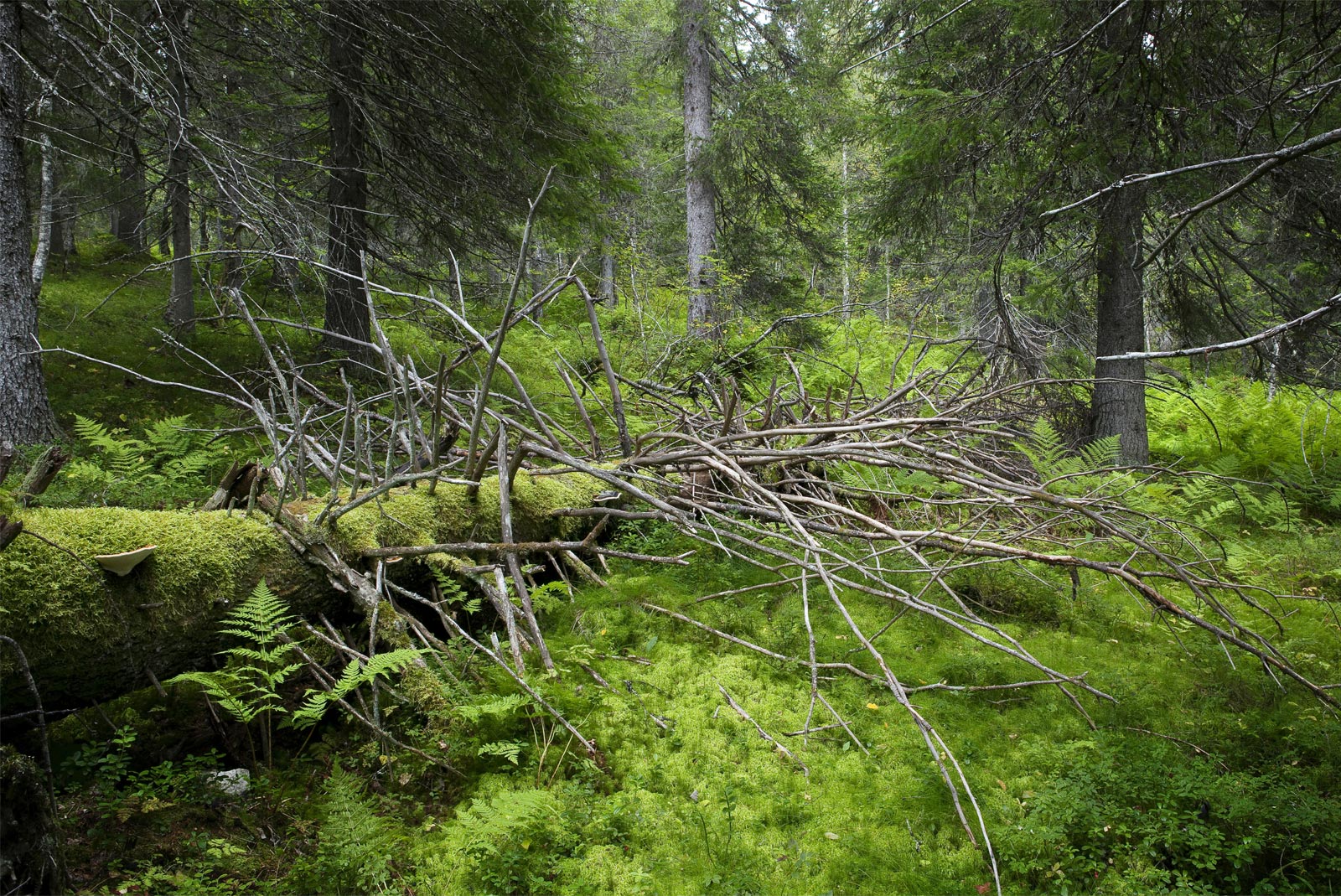COUNTRY OVERVIEW
Located between Sweden and Russia, Finland also borders the Baltic Sea, Gulf of Bothnia, and Gulf of Finland. Finland’s area, at 337,030 square kilometers (130,127 square miles), is slightly smaller than the state of Montana. Finland shares a long border of 1,313 kilometers (816 miles) with Russia, 729 kilometers (453 miles) of border with Norway, and 586 kilometers (364 miles) of border with Sweden. The remaining 1,126 kilometers (700 miles) of its boundary is coastline, excluding islands and coastal indentations. The capital, Helsinki, is the north-ernmost national capital in Europe, but it is found in the south of Finland, as are the majority of its 94 towns. Finland also includes the island province of Åland, located between Sweden and Finland. The islands are locally autonomous, have their own government, and are entirely Swedish-speaking.
In 2013, Finland’s population was around 5.5 million, with the majority living in its southern regions. In terms of area, it is the eighth largest country in Europe and the most sparsely populated country in the European Union. Lying approximately between latitudes 60° and 70° N, and longitudes 20° and 32° E, Finland is one of the world’s northernmost countries. Of world capitals, only Reykjavík lies more to the north than Helsinki. The distance from the southernmost—Hanko—to the northernmost point in the country—Nuorgam—is 1,160 kilometres (720 miles).
CURRENCY AND MEASUREMENT
Currency values fluctuate from country to country. The Euro, denoted by the € symbol (or EUR), has simplified traveling among many European countries. Before the Euro, exchanging money was time-consuming and costly.
Fortunately, all coins and banknotes in the euro system can be used throughout the Euro zone. Countries currently using the Euro include Austria, Belgium, Cyprus, Estonia, Finland, France, Germany, Greece, Ireland, Italy, Latvia, Luxembourg, Malta, the Netherlands, Portugal, Slovakia, Slovenia and Spain.
Most European countries levy a form of sales tax called a value-added tax (VAT). International shoppers can apply for a refund of the VAT on certain goods purchased. Always ask the place of purchase if they participate in the VAT refund program. Keep your receipts and ask which forms you need to fill out at the time of purchase. Be prepared to show the goods to customs officials at your point of departure from the European Union.
TRAVEL INSURANCE
Travel insurance is highly recommended for overseas travel. A comprehensive plan should include coverage for trip interruption, delay and cancellation, medical expenses, emergency medical transportation, loss and damage to baggage, and a toll-free 24-hour travel assistance hotline. Comprehensive travel insurance usually costs 5 to 12 percent of your trip cost. Before purchasing, check your existing insurance policies.
YOUR POSSESSIONS
Traveling in Europe is generally very safe, but take a few precautions to protect your valuables and travel documents. Pickpockets are common in high-traffic tourist areas across the globe. Keep possessions close and use a money belt to carry documents inside your clothing. Keep money in more than one place. Make a photocopy of your tickets, passport, traveler’s checks, credit cards and IDs and keep them separate from your valuables. In hotels, use the in-room safes or those at the front desk to truly secure your valuables.
HEALTH TIPS
Generally, visitors to Europe do not need vaccinations. In any case. prior to departure, consult your doctor to determine if you need any immunizations. Check your health insurance policy to confirm you are covered while traveling abroad. Bring a copy of your health coverage ID card with you. Carry prescription medicine in its original packaging in your carry-on luggage. Bring a copy of your prescription in case you need to replenish your supply. Pharmacies are common in any European town or city, but bring enough medication for the length of your stay. If you must order medication, a prescription issued by a doctor in the country you are visiting may be required. Pharmacies are indicated by an illuminated green cross, but this varies between countries. However, the word for pharmacy has only a few language variations such as Chemist, Pharmacie, Pharmacia, or Apotheek.
EMERGENCY NUMBERS
European Union countries share a single European emergency call number – 112. When dialing 112, the operator speaks in both the language of the country you are calling from as well as in English. In addition, all countries have an emergency number should you need the attention of the police, fire or medical/ambulance services.
ELECTRICITY
Chances are, when staying in different European accommodations, you’re often using electronic devices– electric shavers, hairdryers, irons or computers and mobile phones. You will need to bring along at least one adapter plug to fit European sockets, and a power converter if the voltage is different from that at home. You can purchase this equipment before you leave at a hardware store, department store, at the airport or, upon arrival in Europe, at an electrical or travel store.

